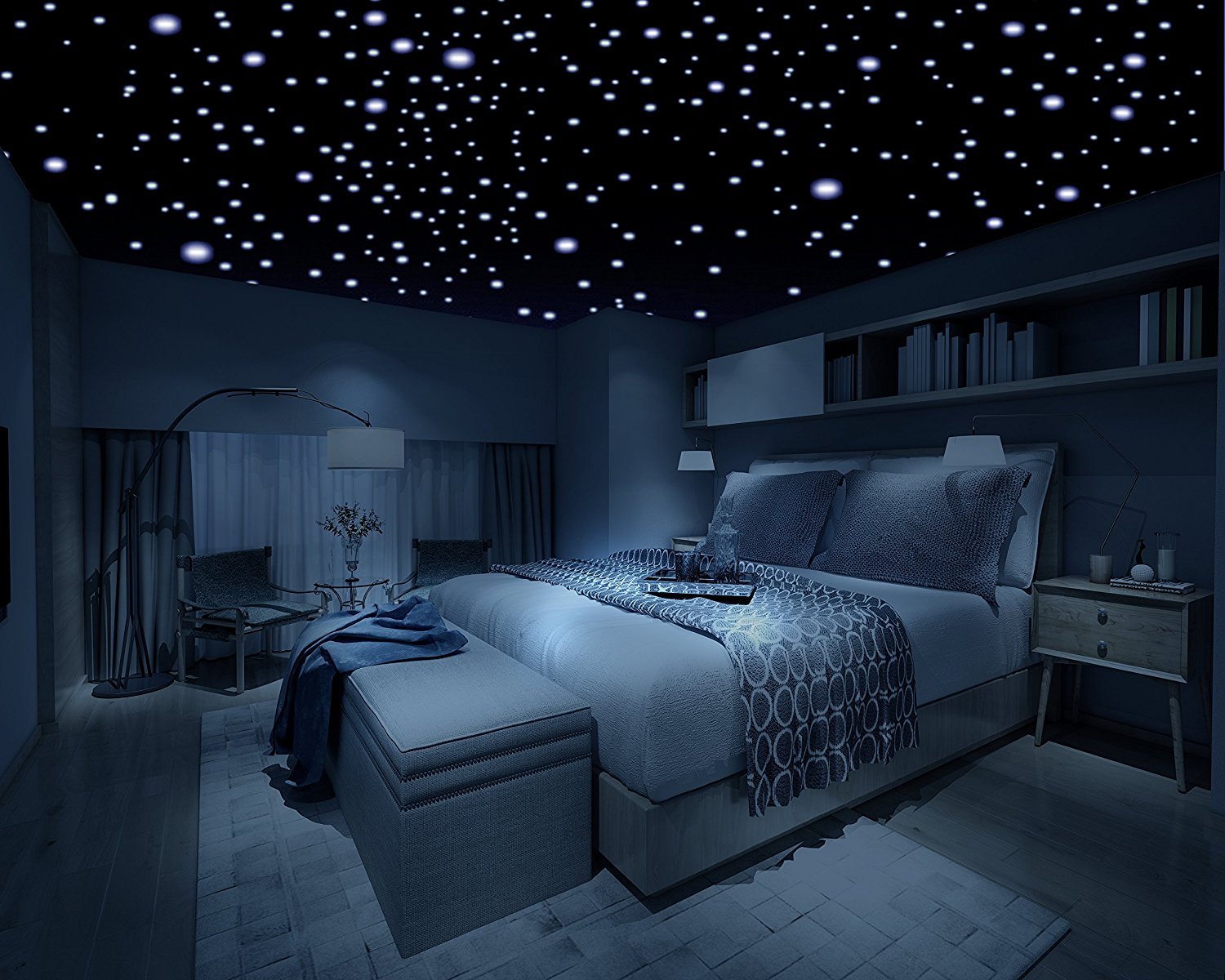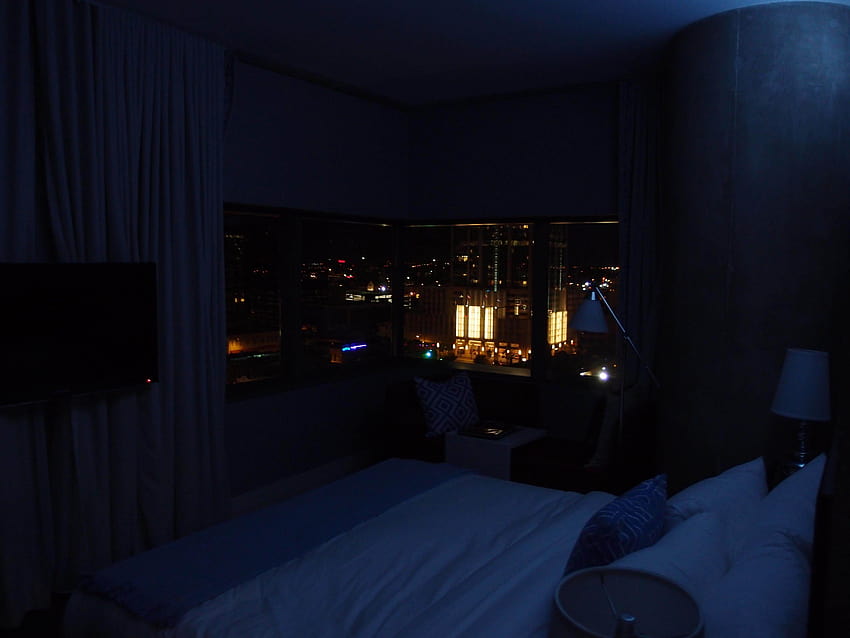Understanding Heat Sources and Their Impact

Imagine yourself trying to sleep in a sweltering bedroom, the air thick and heavy. It’s a common struggle, especially in warmer climates. But why does your bedroom get so hot at night? It’s all about understanding the heat sources that contribute to this uncomfortable situation.
Appliance Heat
Appliances, like the unsung heroes of our modern lives, can also be sneaky heat generators. They can make your bedroom feel like a sauna, especially if you’re not mindful of their heat output.
Let’s talk about the usual suspects:
- Refrigerators: While keeping your food cold, your fridge also generates heat, which can be released into your bedroom, especially if it’s located near your sleeping space.
- Computers: Laptop or desktop, these devices produce heat as they work, making them a potential heat source, especially if you’re a night owl who enjoys a late-night movie marathon.
- Televisions: Those big, flat-screen TVs are getting more efficient, but they still produce some heat, which can accumulate in a small bedroom.
- Lighting: Even your light bulbs can contribute to the heat in your bedroom, especially if you use incandescent bulbs, which generate more heat than LED bulbs.
To minimize the heat from these appliances, you can:
- Keep your refrigerator away from your bedroom: If possible, locate your fridge in a different room or at least away from the wall that borders your bedroom.
- Turn off electronics when not in use: Simple but effective! Power down your computer, TV, and other electronics when you’re not using them.
- Use energy-efficient light bulbs: Switching to LED bulbs can significantly reduce the heat output of your lighting.
Passive Cooling Strategies: How To Cool Your Bedroom At Night

Imagine yourself waking up in a bedroom that feels like a cool oasis, even on the hottest nights. This is the power of passive cooling, a simple yet effective way to naturally cool your bedroom using the environment itself. It’s all about harnessing the forces of nature, like wind and shade, to create a comfortable and refreshing space.
Natural Ventilation for a Cool Bedroom
Natural ventilation is like breathing life into your bedroom, allowing fresh air to circulate and replace warm, stagnant air. It’s a simple yet powerful way to cool your space naturally. The effectiveness of natural ventilation depends on various factors, including the size and shape of your room, the location of windows and doors, and the prevailing wind direction.
Ventilation Techniques and Their Effectiveness
| Technique | Effectiveness | Description |
|---|---|---|
| Opening Windows | Moderate | Opening windows allows fresh air to flow in, replacing warm air. This is most effective when there’s a breeze. |
| Using Fans | High | Fans can increase air circulation, pulling in cool air from outside and pushing out warm air. |
| Cross-Ventilation | Very High | Opening windows on opposite sides of the room creates a cross-breeze, maximizing air circulation and cooling. |
The Importance of Shade in Reducing Heat Gain, How to cool your bedroom at night
Think of shade as a natural shield against the sun’s relentless heat. It plays a crucial role in reducing heat gain through windows, especially during the hottest hours of the day. Shade can be created by trees, awnings, or even strategically placed curtains. By blocking the sun’s rays, shade prevents heat from entering your bedroom, keeping it cooler.
Creating a Cool and Comfortable Sleeping Environment
Imagine drifting off to sleep in a cool, tranquil bedroom. This is achievable with the help of natural ventilation and shade. Here are some tips:
- Open windows at night, especially if there’s a breeze. This allows cool air to circulate throughout the room.
- Use fans to increase air circulation, especially in rooms with limited ventilation.
- Close curtains or blinds during the day to block sunlight and prevent heat gain.
- Consider planting trees or shrubs around your house to provide natural shade.
- Use light-colored bedding and curtains, as they reflect heat better than darker colors.
- Avoid using heavy blankets or pillows, which can trap heat.
Active Cooling Solutions

Sometimes, even with the best passive cooling strategies, you might need a little extra help to beat the heat. That’s where active cooling solutions come in, providing a direct way to lower the temperature in your bedroom.
Comparing Cooling Systems
Active cooling systems use mechanical means to cool your bedroom. There are several options available, each with its own strengths and weaknesses.
- Air Conditioners: These are the most common and effective cooling systems, using a refrigerant to remove heat from the air. They can quickly cool a room, providing precise temperature control.
- Evaporative Coolers: These work by evaporating water, which cools the air. They are more energy-efficient than air conditioners but less effective in humid climates.
- Ceiling Fans: These circulate air, creating a cooling effect by increasing air movement. They are energy-efficient and can be used in conjunction with other cooling systems.
| Cooling System | Energy Efficiency | Cost | Effectiveness |
|---|---|---|---|
| Air Conditioner | High | High | Very Effective |
| Evaporative Cooler | Moderate | Moderate | Moderate |
| Ceiling Fan | Very High | Low | Moderate |
Choosing the Right Fan
Ceiling fans are a great way to cool your bedroom, but the best type of fan depends on the size and layout of your room.
- Ceiling Fans: Ideal for large bedrooms, they can circulate air throughout the entire room. Look for fans with a high CFM (cubic feet per minute) rating for optimal airflow.
- Stand Fans: A good choice for smaller bedrooms or for targeted cooling. They can be easily moved around the room to direct airflow where you need it most.
- Desk Fans: Perfect for personal cooling. They can be placed on a desk or nightstand to provide a refreshing breeze.
Optimizing Fan Usage
To maximize the cooling effect of your fans, consider these tips:
- Fan Speed: Use the highest speed setting for maximum airflow. You can adjust the speed based on your comfort level.
- Fan Placement: Place fans strategically to create a cross-breeze. This will circulate air more effectively and enhance the cooling effect.
- Timing: Run fans during the hottest parts of the day and night to keep your bedroom cool and comfortable.
How to cool your bedroom at night – While keeping your bedroom cool at night can be a challenge, especially in urban areas, the right living space can make a big difference. Consider exploring the options for one bedroom apartments loring park , which often feature amenities like central air conditioning and well-insulated units.
These features can help you maintain a comfortable temperature throughout the night, allowing for a peaceful and refreshing sleep.
While keeping your bedroom cool at night can be a challenge, especially during the summer months, you might be surprised to find that a bold design choice like cheetah print bedroom ideas can actually contribute to a more relaxing atmosphere.
The striking pattern can create a sense of energy and excitement, which can help to distract from the heat and promote a more restful sleep. So, if you’re looking for a unique way to cool down your bedroom, consider embracing the wild side with some cheetah print decor.